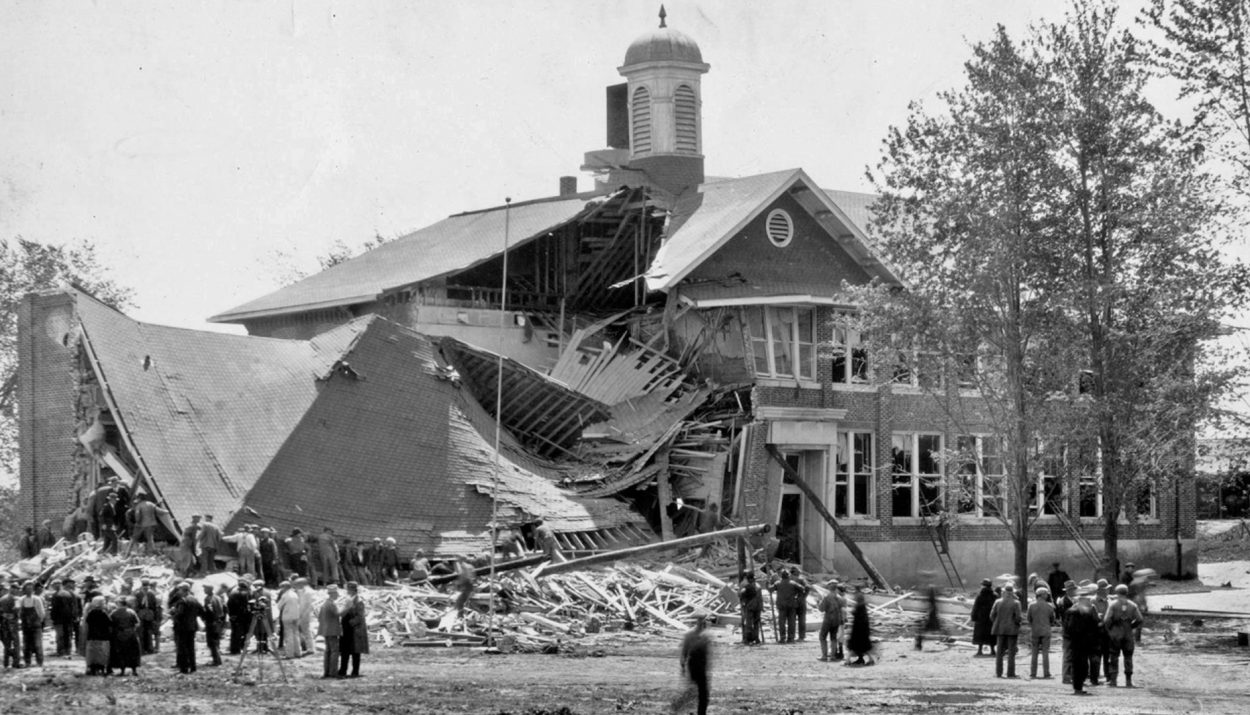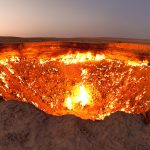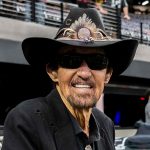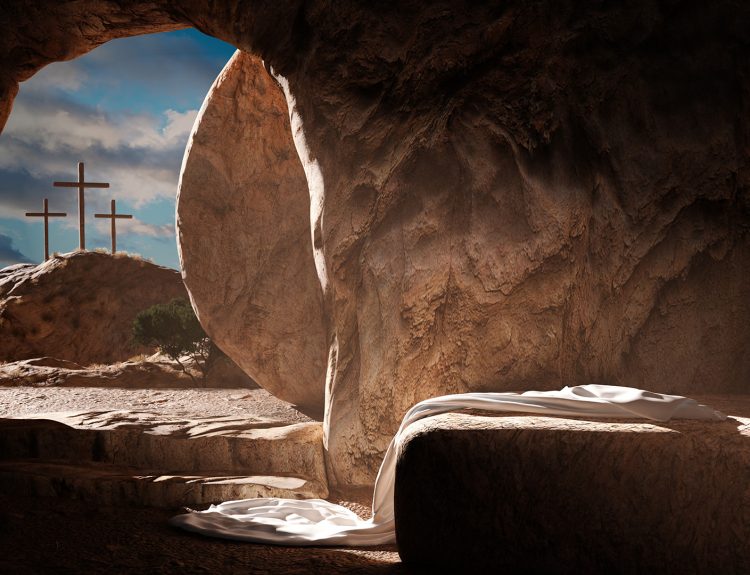School massacres have, sadly, spiked in recent decades with 346 events reported just last year. Most of these school shootings have notable commonalities – guns were involved, there was typically just one perpetrator, and that perpetrator was a student, former student, or former employee of the school. The motive is often retaliation.
The very first school massacre in the U.S. was also committed in retaliation. The perpetrators, however, were not seeking revenge on their bullies or mean boss. And this event took place long before the recent wave of school shootings … even before the founding of the United States. Here’s the story of the Enoch Brown School Massacre of 1764 – yes, 1764!
A Deadly Surprise Attack at a Rural Schoolhouse
On July 26, 1764, schoolmaster Enoch Brown was supervising his small, rural school in a log building near Greencastle, Pennsylvania. His eleven students, all White youngsters who were the sons and daughters of settlers to the area, were focused on their studies when the door burst open.

In came four Native American warriors, members of the Delaware tribe. Enoch Brown begged the warriors not to hurt the students. It did no good. The Native American attackers clubbed Brown to death, then scalped him in front of his horrified students. The bloodshed didn’t end there.
The Students Were Next
With the schoolmaster dead, the four Native American warriors turned their attention to the children. Just as they had done to the teacher, the attackers bludgeoned the youngsters with clubs and scalped them. It was a horrifically violent and brutal attack.

There were eleven students in the schoolhouse that day. They were all beaten and scalped, however only ten of them died. As we will see next, one young boy miraculously survived.
The Sole Survivor of the Attack
During the ruthless and barbaric attack, one of the students, a young boy named Archie McCullough, lost consciousness. He fell to the floor alongside his murdered classmates. The Attackers must have assumed that all the children were dead when they fled the scene.

Some time later, young Archie regained consciousness. He was gravely injured and terribly thirsty. On his hands and knees, he crawled out of the blood-soaked school and made his way to a nearby spring. There, Archie once again lost consciousness. Several hours later, he was spotted by passersby.
The Community Learned of the Gruesome Attack
The passersby went to Archie’s aid and the child came to with a tragic tale to tell. He explained that the school was attacked by four Native Americans. According to Archie, one warrior stood guard outside while the other three – two older men and a younger man – carried out the massacre.
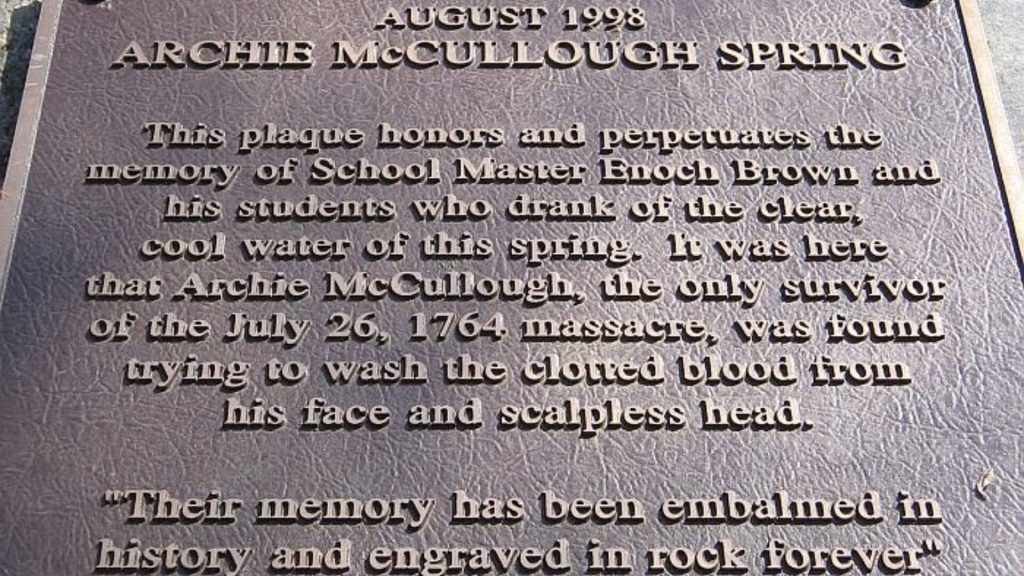
Archie described how the schoolmaster, Enoch Brown, pleaded with the Native Americans to spare the students, but that he was viciously killed. The passersby alerted the people of the nearby settlement who rushed to the schoolhouse to rescue the other children. It was too late.
A Miraculous Recovery
The deadly attack left Archie McCullough with a portion of his scalp missing. Nonetheless, the surgeons were able to sew what was left of his scalp back together. Miraculously, he recovered from the incident, although he bore the scars from it for the rest of his life.

Although the child physically recovered from the violent attack, there were some reports that Archie suffered the lifelong effects of the incident. Perhaps he experienced post traumatic stress disorder stemming from the attack or it could be that he was left with a brain injury. Despite this he lived to be an old man.
What Instigated the Attack?
To understand why the Native Americans attacked the school and massacred the students, we need go further back in time to look at the factors that created hostilities between the White settlers and the Native Americans.
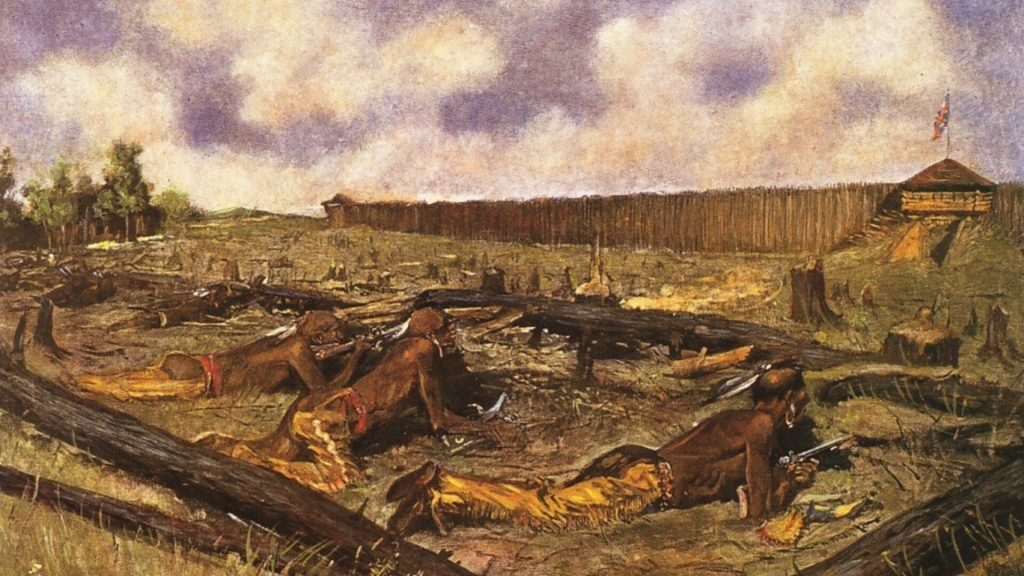
In the early 1700s, White settlers, along with British troops, moved in the ancestral lands of the Delaware people and other Native Americans. The newcomers not only stole land and resources from the indigenous people, but they carried with them smallpox and other deadly diseases that decimated the Native Americans. This, alone, would be enough to anger the Native Americans, but there was more.
Chief Pontiac
Chief Pontiac, a powerful warrior and chief of the Ottawa people, feared the encroachment of the new settlers and resisted the policies set in place by the British. He wanted the Native Americans to remain independent, so he formed a coalition of other Native American tribes in the area.

Between 1763 and 1766, Chief Pontiac oversaw a coordinated series of attacks on White settlements and British outposts which became collectively known as Pontiac’s War. The Enoch Brown school massacre was among the attacks of Pontiac’s War.
The Pennsylvania Governor Called for a Scalp Hunt
As Native American attacks heated up, John Penn, the governor of Pennsylvania, offered a bounty to be paid in exchange for the scalps of Native Americans. Many white settlers took the governor up on his challenge. In the months that followed, a group of White men called the Paxton Boys hunted, murdered, and scalped every Native American they could find.

In one day, the Paxton Boys rode into a Conestoga Indian village and killed the six people they found there. Fourteen other Conestoga Indians who were not present during the attack took refuge in a warehouse. The Paxton Boys returned the next day to massacre the men, women, and children hiding in the warehouse.
The Native Americans Were Retaliating
The same four Delaware warriors who committed the attack on the schoolhouse were responsible for another heinous attack just one day before the Enoch Brown schoolhouse massacre. The Native Americans encountered a White woman, Susan King Cunningham, walking along a road. She was visibly pregnant.
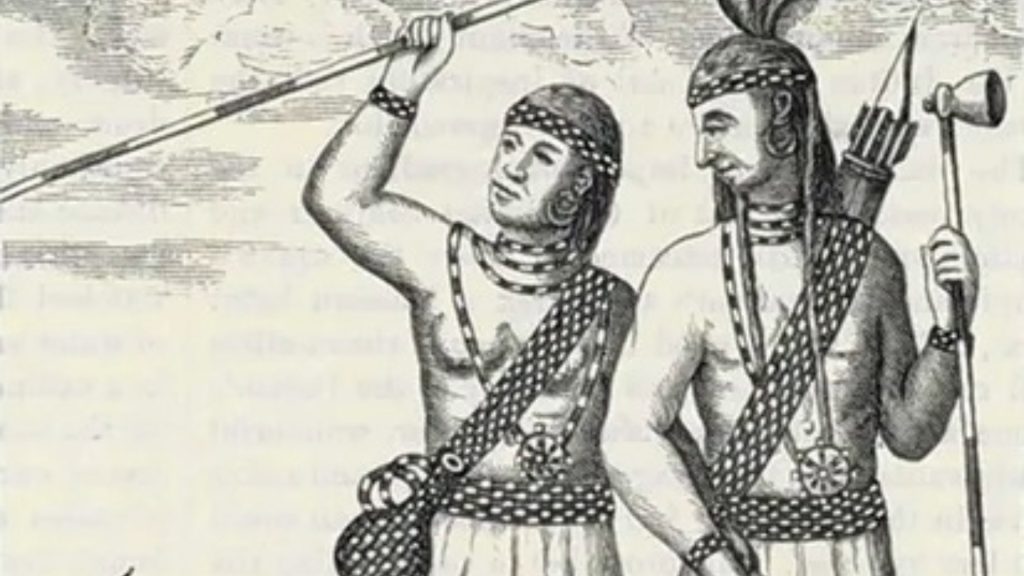
The four warriors bludgeoned Cunningham to death. They also scalped her and cut the unborn child from her womb. The Native Americans were seeking revenge for the Paxton Boys attacks, and they matched the brutality of their attack with what the Paxton Boys had done.
The Attackers Were Shamed by Their Own People
Not all the White settlers that members of Chief Pontiac’s coalition encountered were killed. Some were captured and taken prisoner by the Native Americans. One young White man who was being held by the Native Americans later recounted what happened when the four warriors who massacred Enoch Brown and his students, as well as Susan King Cunningham returned to their village.
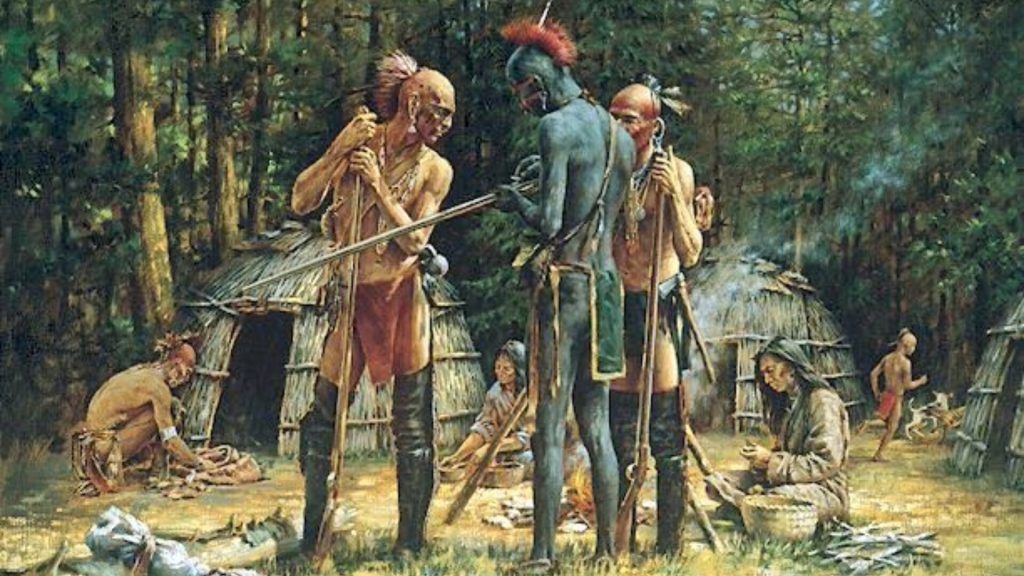
As he reported, the four warriors arrived at the village, located in Ohio along the Muskingum River and proudly presented the scalps they collected to their chief. The old chief was displeased that the warriors had killed and scalped women and children. He called their act cowardly and shamed them before the whole village.
The Victims of America’s First School Massacre Were Buried in a Mass Grave
A few days after the grisly massacre, schoolmaster Enock Brown and the ten murdered students were buried in a common grave. In 1885, a memorial was built on the site of the grave to commemorate the victims of the first school attack in U.S. history.

The names of all the victims appear on the memorial. Later, the area surrounding the memorial was named Enoch Brown Park.

